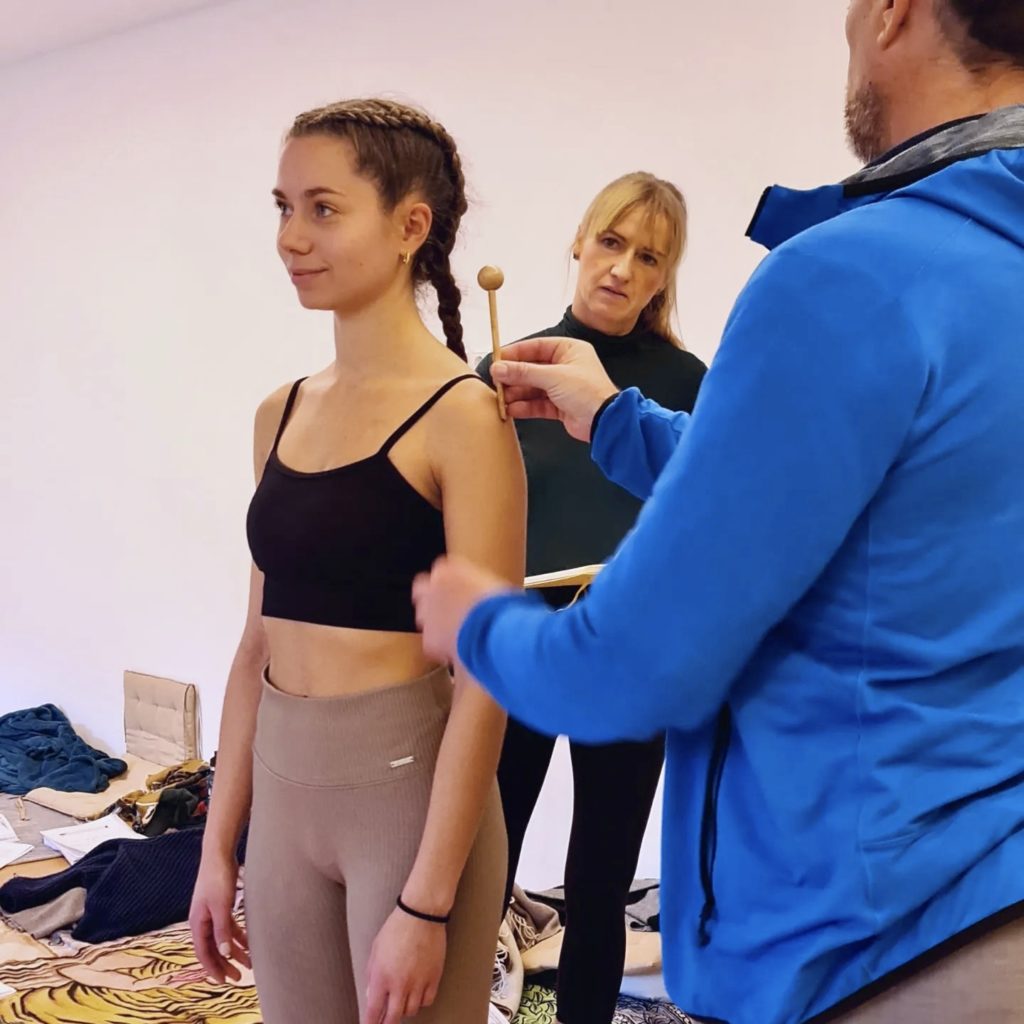
100 HOURS YOGA HOLISTIC BODY WORK – Feel the Flow of Life
This course is a crystal clear program designed for yogis and yoginis looking to deepen their knowledge of body mechanics and hands-on healing, whether they are completely new to holistic bodywork and massage or are already advanced in the field.
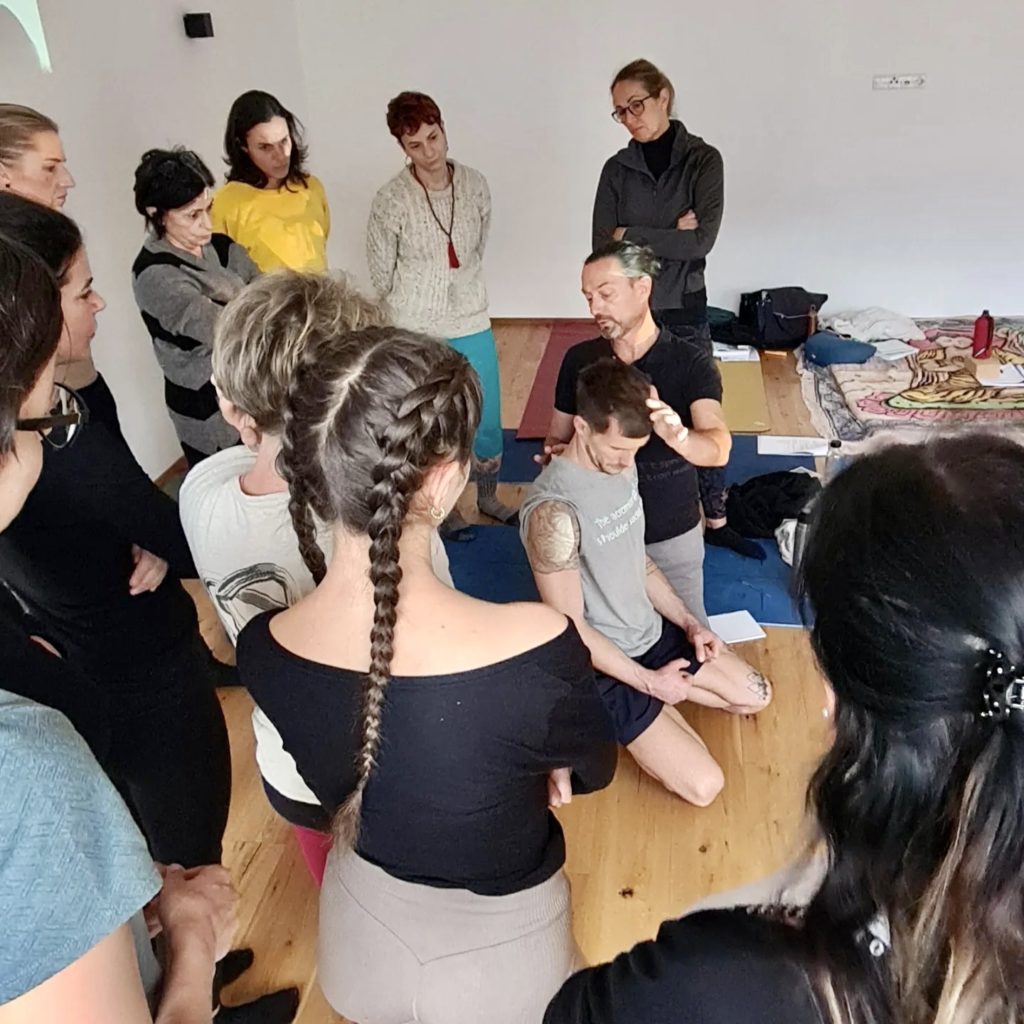
Through interactive classes, hands-on demonstrations and hands-on sessions, yogis will develop the qualities of holistic bodywork and integrate them into their yoga practice.
We will learn how to assess posture and alignment and identify what may be causing imbalances or disharmonies, and how to easily improve them with holistic bodywork techniques and concepts.
We will look at the interrelationships between all body systems and the connections to the fascia and how these relate to our traumas – physical, emotional or physiological.
We will learn how to observe the breathing mechanism, evaluate it and how to improve it.
We will explore how the visceral sphere greatly influences all body systems and how we can feel, palpate and improve it with specific and global techniques.
We will explore the skull and its relationship to the nervous system, and how we can develop clear communication with the primary breathing mechanism through conscious touch.
Main benefits of this 100 hours TTC
By the end, participants will have acquired several new skills in holistic Eastern and Western bodywork. The integrated workshop includes osteopathy, craniosacral therapy, Thai yoga massage and applied anatomy for yoga practitioners.
Purpose of the training
The goal is to provide yogis, yoginis and teachers with new techniques, tools and concepts to integrate holistic bodywork approaches into their personal practice and teaching.
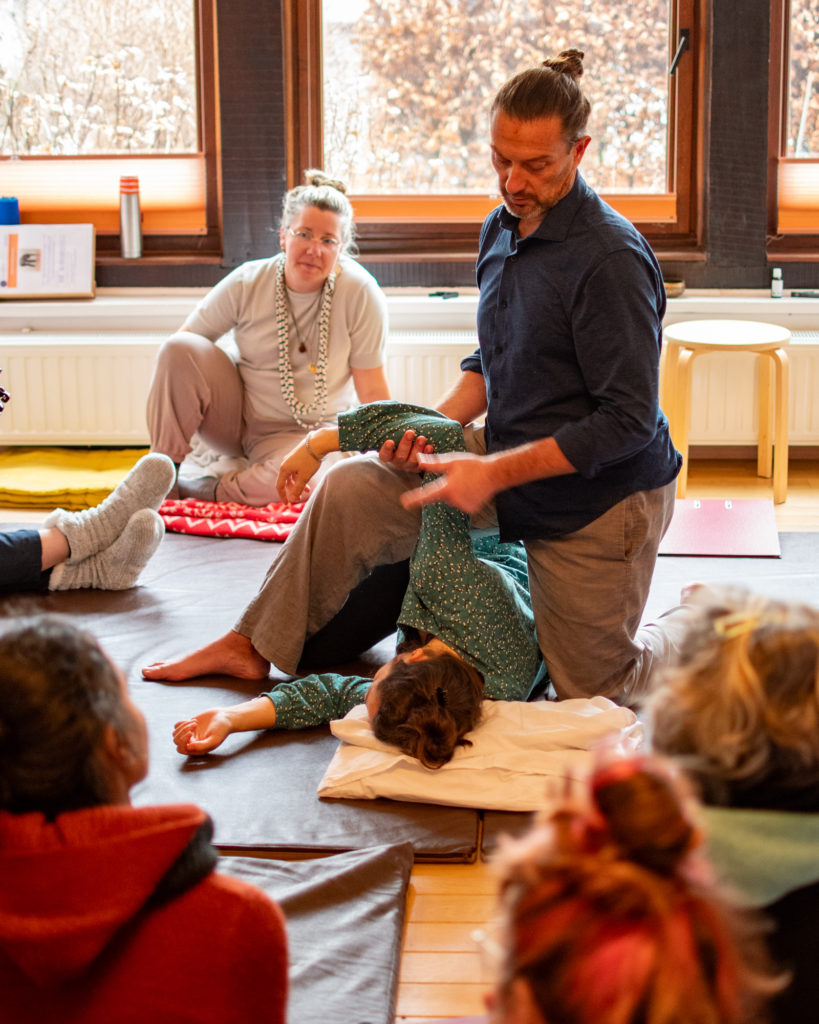
1. Mobility & Vitality
During this course we will see how to quickly and accurately locate the most important joints and their surroundings and how to improve mobility and vitality. We will review the major structures of the musculoskeletal system and myofascial chains. We discuss indications and contraindications, adjustments adapted to the needs of the participants (height, weight, age, flexibility, rigidity,…). We will see what the possibilities are for specific cases presented in the lesson.
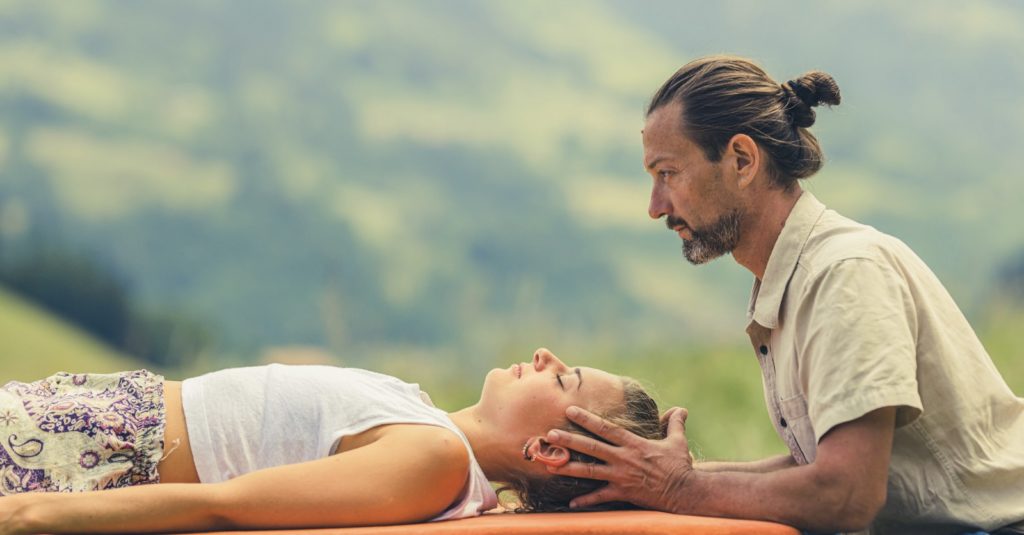
2. Craniosacral approach
This course teaches you to listen through your hands by feeling cranial rhythms, the PRM – Primary Respiratory Mechanism. We will develop a sensitive touch to release trauma and stagnant Qi.
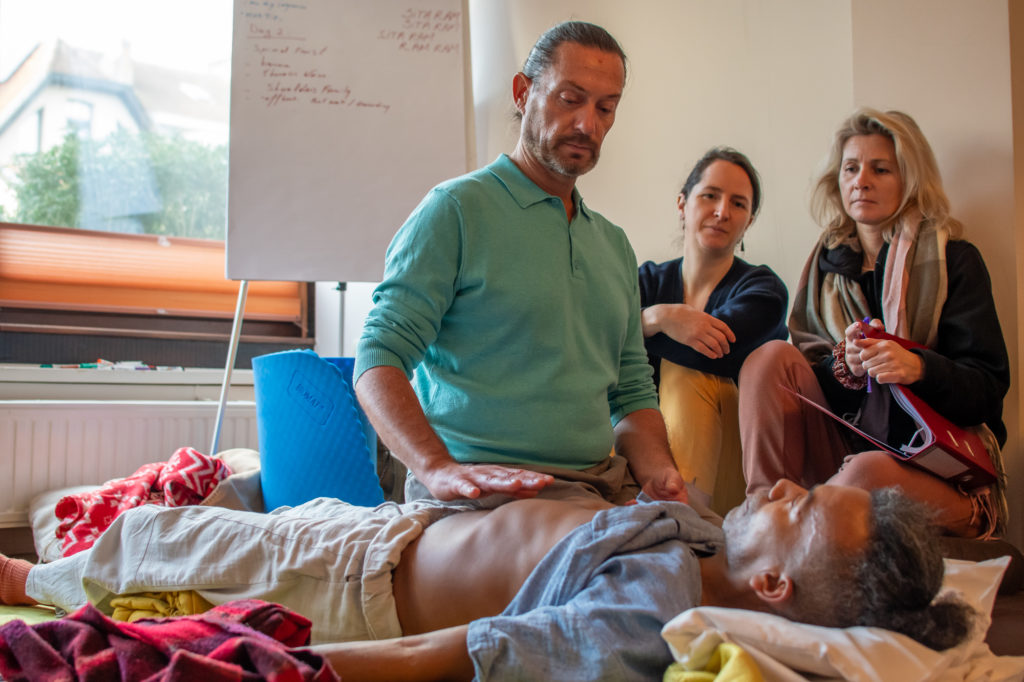
3. Abdominal Cavity and Visceral Approach
This course provides participants with a comprehensive understanding of the GIT and the visceral sphere, an area that requires precise anatomical knowledge, sensitive touch and an understanding of organ function. It integrates oriental abdominal massage techniques with osteopathic approaches. The goal is to develop sensitive touch to assess and address retention patterns in the organs.
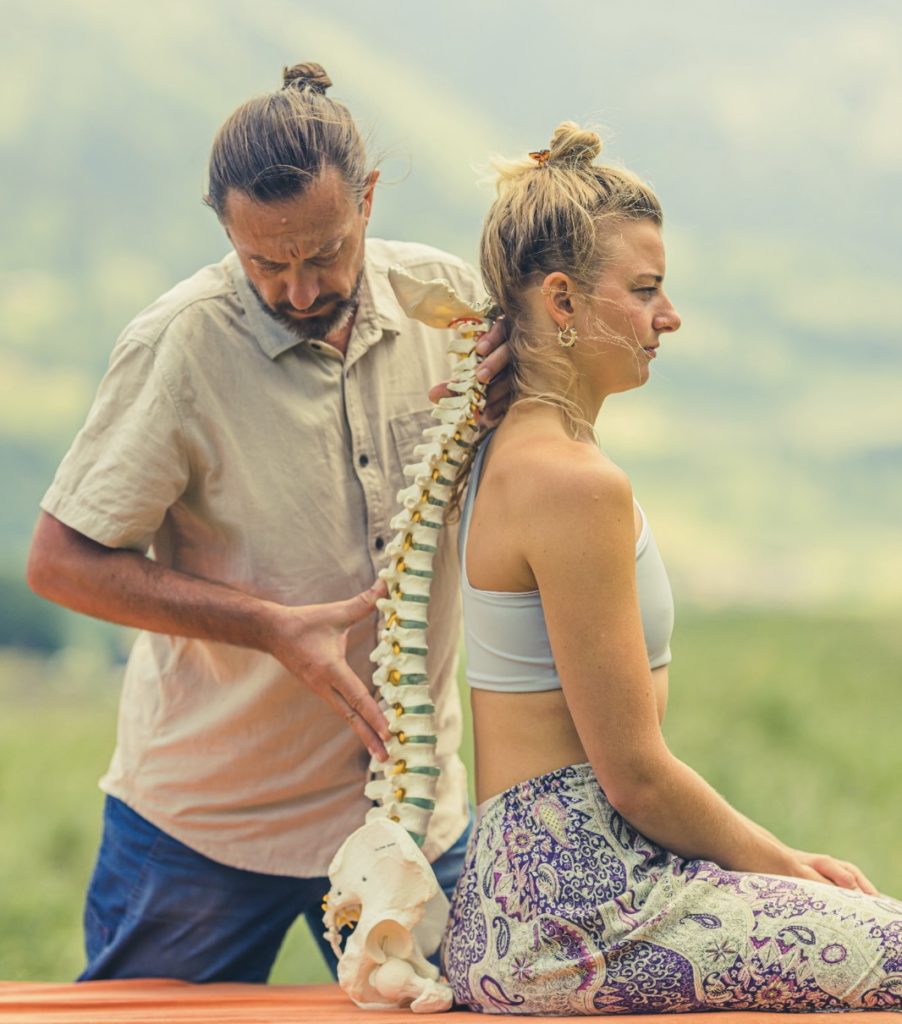
4. Thoracic Cavity and the Respiratory System
Observe the respiratory mechanisms and their relationship to other systems. – Practice techniques and osteopathic concepts to open the rib cage, shoulders and diaphragm. – Release tension in the upper chest and intestines. – Integrate skills to understand and improve Pranayama with respiratory function.
